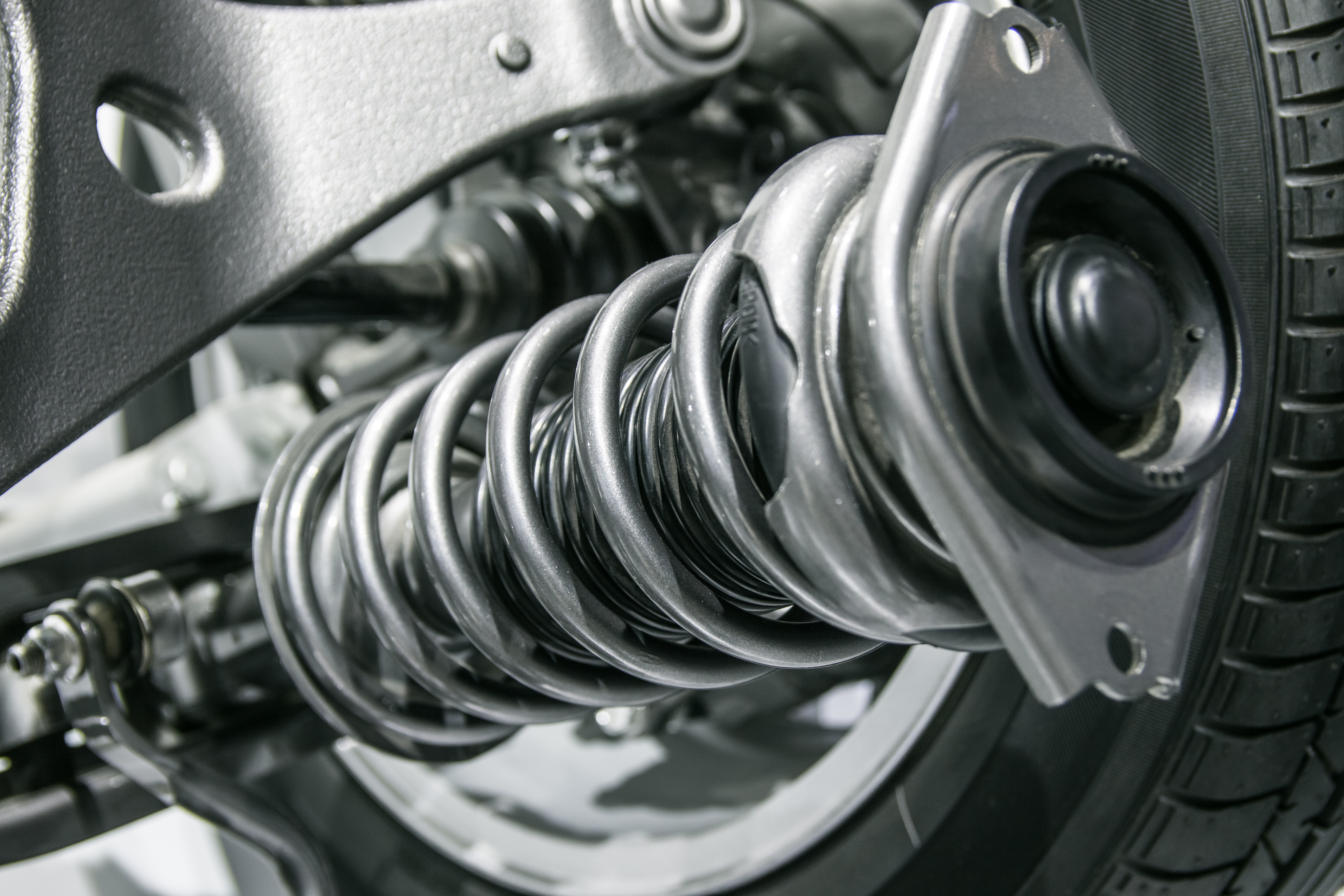History of the Spring
Contents |
Introduction
Springs date back centuries and have been created out of several different materials since then. Very different from the modern spring, these ancient springs were, nonetheless, a useful invention at the time and became a precursor to what we find today.
Springs can be split into non-coiled and coiled categories, with the non-coiled springs having existed for a very long time – an example is the bow and arrow, used by many throughout history for protection and hunting. Coiled springs are more modern, having appeared in later centuries.
Bronze Age
Technology varied immensely during this time period. The Bronze Age saw the development of crude spring designs (such as the tweezer), as well as the creation of a type of chariot in 1333 BC, which was popularised by Tutankhamun and that had what was possibly a very basic suspension system designed to absorb shock and made with basic springs as well. At a later time period, during the Roman era, leaf springs were used for chariots too.
Middle Ages
Villard the Honnecourt created a power saw that used a water wheel to push the blade in one direction while bending a pole at the same time. When the pole returned to its normal state, the blade was pulled in the opposite direction.
Renaissance
Leonardo da Vinci was one of the most famous figures of the Renaissance and is regarded as a true Renaissance man for his ability in a variety of fields, from mathematics and geology to civil engineering and chemistry. In 1493, the Italian inventor created a spring that was then used for pistols. This small spring allowed shooters to use only one hand, something completely new at the time.
A series of inventions allowed for the development of increasingly complex springs for the next few centuries. The first spring-powered clocks appeared in the 15th century as well and allowed for the development of the first large watches in the 16th century. In 1676, Robert Hooke, a British physicist, discovered that the force a spring exerts is proportional to its extension, a phenomenon called Hooke’s Law.
Industrial Revolution
In 1763, R. Tradwell patented the original coil spring, which didn’t need to be lubricated often as leaf springs did. During this time period, new springs were created too, from the first balance springs and clock springs (which were used in timekeeping devices) to mattress springs.
In 1857, the first coiled spring made from steel write was invented, patented in America and used in a chair seat. The first ‘modern’ shock absorber was fitted to a racing bike by J M M Truffault in 1898.
Modern Times
Spring technology has advanced in leaps since the Industrial Revolution and, nowadays, springs can be found everywhere, from trampolines, bike and cars, to golf balls, jet skis and pogo sticks. The famous compression and extension springs were introduced during the Henry Ford era and developed until what they are today.
The tools, machinery and equipment used to manufacture springs have also changed over time. While it was necessary that springs were produced by hand, manufacturers everywhere also have the chance to use machinery to produce large quantities of springs.
Find Out More
Torsion Springs and Their Benefits
--European Springs and Pressings Ltd 14:32, 20 Sep 2017 (BST)
Featured articles and news
RTPI leader to become new CIOB Chief Executive Officer
Dr Victoria Hills MRTPI, FICE to take over after Caroline Gumble’s departure.
Social and affordable housing, a long term plan for delivery
The “Delivering a Decade of Renewal for Social and Affordable Housing” strategy sets out future path.
A change to adoptive architecture
Effects of global weather warming on architectural detailing, material choice and human interaction.
The proposed publicly owned and backed subsidiary of Homes England, to facilitate new homes.
How big is the problem and what can we do to mitigate the effects?
Overheating guidance and tools for building designers
A number of cool guides to help with the heat.
The UK's Modern Industrial Strategy: A 10 year plan
Previous consultation criticism, current key elements and general support with some persisting reservations.
Building Safety Regulator reforms
New roles, new staff and a new fast track service pave the way for a single construction regulator.
Architectural Technologist CPDs and Communications
CIAT CPD… and how you can do it!
Cooling centres and cool spaces
Managing extreme heat in cities by directing the public to places for heat stress relief and water sources.
Winter gardens: A brief history and warm variations
Extending the season with glass in different forms and terms.
Restoring Great Yarmouth's Winter Gardens
Transforming one of the least sustainable constructions imaginable.
Construction Skills Mission Board launch sector drive
Newly formed government and industry collaboration set strategy for recruiting an additional 100,000 construction workers a year.
New Architects Code comes into effect in September 2025
ARB Architects Code of Conduct and Practice available with ongoing consultation regarding guidance.
Welsh Skills Body (Medr) launches ambitious plan
The new skills body brings together funding and regulation of tertiary education and research for the devolved nation.
Paul Gandy FCIOB announced as next CIOB President
Former Tilbury Douglas CEO takes helm.
UK Infrastructure: A 10 Year Strategy. In brief with reactions
With the National Infrastructure and Service Transformation Authority (NISTA).
























